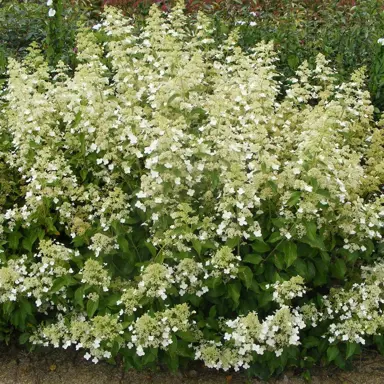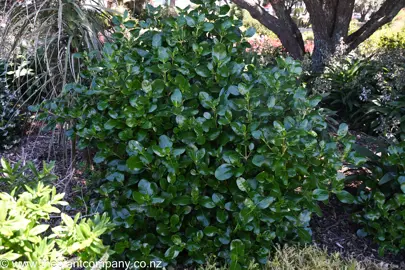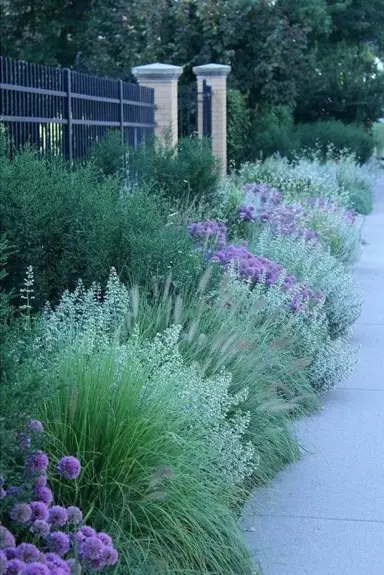Hydrangea Mathilda Gutges
Hydrangea 'Mathilda Gutges' is a striking compact mophead variety prized for its deep violet-blue blooms that stand out vividly against lush green foliage. Perfect for adding bold colour to shaded borders, containers, or cottage gardens, this variety thrives in part-shade with moist, acidic, well-drained soil to maintain its rich colour. Well-suited to New Zealand growing conditions, ‘Mathilda Gutges’ is a low-maintenance, high-impact shrub that flowers reliably throughout summer and adds long-lasting seasonal beauty.













